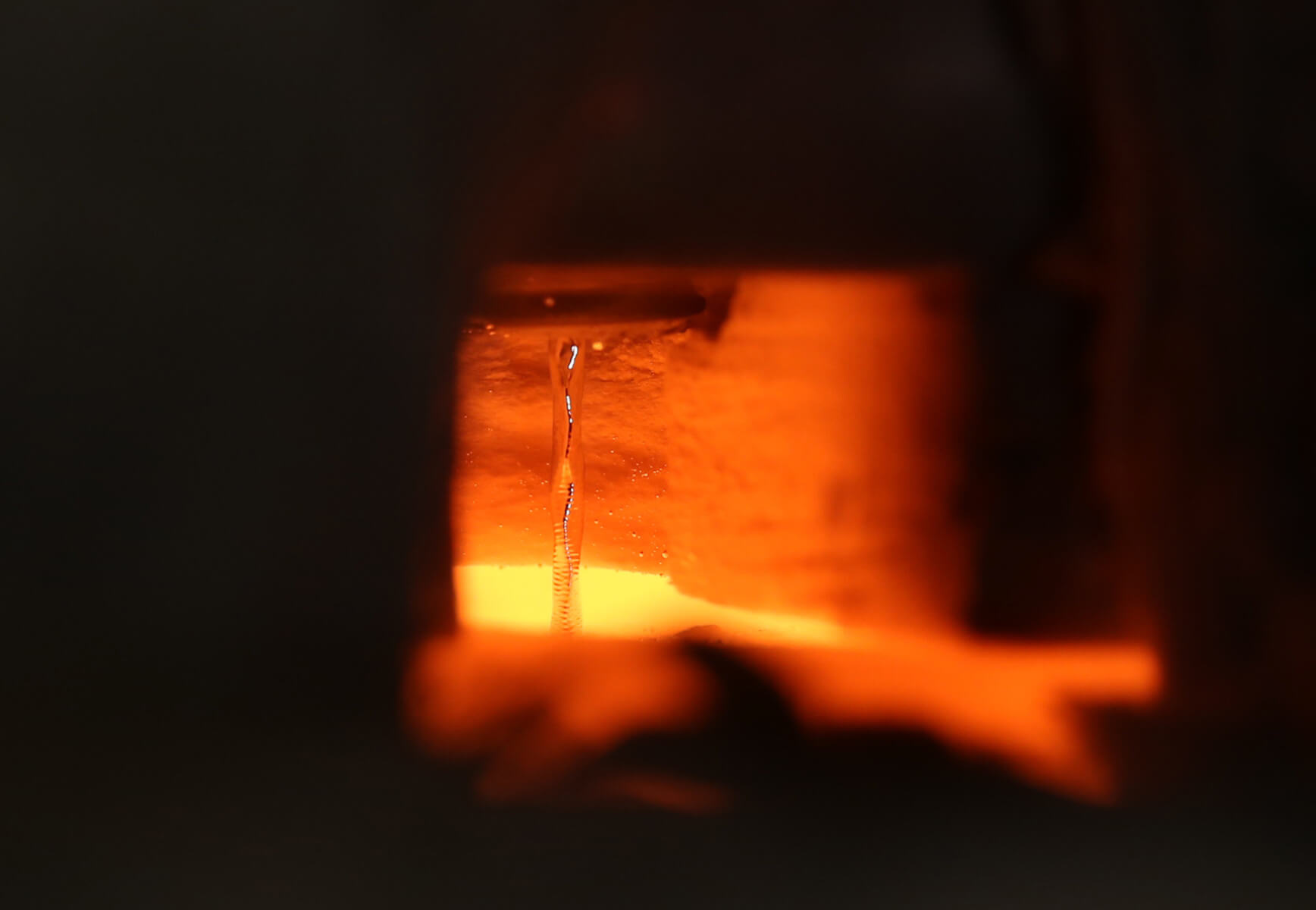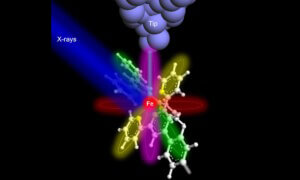A team of scientists from Georgia Institute of Technology, Stanford, and Purdue University in Indiana manufactured a ceramic pump capable of shifting liquid metal at the highest temperature registered until now, a temperature that should have made the vessel breakable #objectmagic
Usually, maneuvering molten metal at a temperature above 1,000°C (1,832°F) causes the recipient to break under the heat. This unavoidable effect has prevented engineers from storing excessive quantities of energies as heat. Until now. Thanks to a resourceful team, a custom-made machine withstood a temperature of 1,400°C (2,552°F), accommodating the subsequent expansion and contraction of material.
At the beginning, the pump looks a bit mismatched, since the teeth and motor do not align. But this is not an accident; the expansion provoked by sudden heat is what aligns them in the end.
This remarkable device is the proof that there are better ways to capture the energy from the sun. Possibly by using materials that were previously too hot to handle, like molten silicon. “The hotter we can operate, the more efficiently we can store and utilize thermal energy,” said researcher Asegun Henry. “This work will provide a change in the infrastructure because now we can use some of the highest temperature materials to transfer heat.”
Thanks to this discovery, there could be an increase of 50% in solar thermal plant efficiency, reducing costs with up to 30%. In the same time, this process could be a precedent in the sense that using a similar pump could get hydrogen out of methane without releasing carbon dioxide. It would basically allow scientists to use hydrogen as energy, as well.
Follow TechTheLead on Google News to get the news first.























